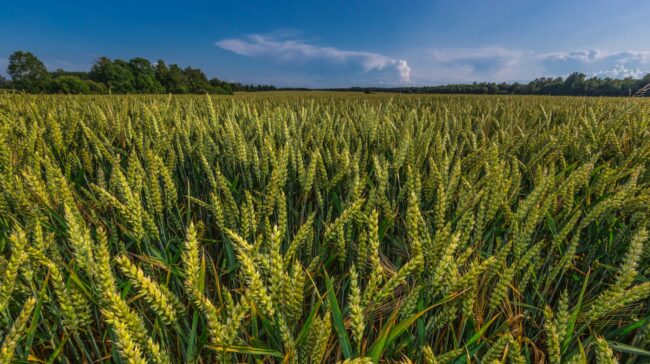The recession was wide-ranging in the first quarter of 2023
Text Mark Taylor Photo Erik Karits / Unsplash
According to data released by Statistics Estonia, the Gross Domestic Product (GDP) of Estonia decreased by 3.2 per cent at constant prices in the first quarter of 2023 compared with the same quarter a year ago. The GDP was 8.7 billion euros.
“Although inflation is slowing, the impact of price rises on economic indicators remains strong. Both tax revenue and the decline in value added in all sectors except general government contributed negatively to the GDP,” said Robert Müürsepp, the team lead of national accounts at Statistics Estonia.
At constant prices, tax revenue continued the downward trend of the previous quarter. However, for the second quarter in a row, the agriculture sector was the main positive contributor to the economy. One of the largest negative contributors was information and communications. “This economic activity, which used to be one of the key drivers of the Estonian economy, has been playing the opposite role for two quarters in a row,” said Müürsepp.
Private consumption fell for the third quarter in a row, decreasing by 1.9 per cent. Earlier trends continued, with the biggest decrease recorded in housing-related expenditures, while expenditures related to going out increased the most. In particular, expenditures on restaurants and hotels and on clothing and footwear went up. Running costs for water, electricity, etc. also increased.
In contrast to the rest of the economy, government consumption in the first quarter remained at the same level as in the corresponding period last year.
There was also a slight fall in investments, down by 3.4 per cent. The biggest increase was recorded in households’ investments in dwellings, up by 63.7 per cent. General government investments in other buildings and structures grew by 36.9 per cent. The biggest falls were seen in enterprises’ investments in transport equipment (−91.7 per cent) and in machinery and equipment (−49.8 per cent).
Foreign trade continued to fall from record levels. Exports declined at a pace similar to the previous quarter (6.9 per cent) and earlier growth came to an end also in imports, which decreased by 7.3 per cent. The fall was led on both fronts by trade in goods, with energy and wood products having the biggest impact. “Forestry, electronic products, and electrical equipment stood out positively,” Müürsepp added. Exports of services grew slightly, by 2.5 per cent, in the first quarter. The main contributors were maritime transport, computer services, and advertising services. Imports of services, however, declined by 1.9 per cent, mainly due to a fall in freight rail transport and advertising services.
The seasonally and working-day adjusted GDP decreased by 0.6 per cent compared with the fourth quarter of 2022 and by 3.7 per cent compared with the first quarter of last year.

To learn more about this and similar topicsEconomy Estonian Economy GDP GDP Estonia Recession Recession 2023 Statistics Estonia Tax










